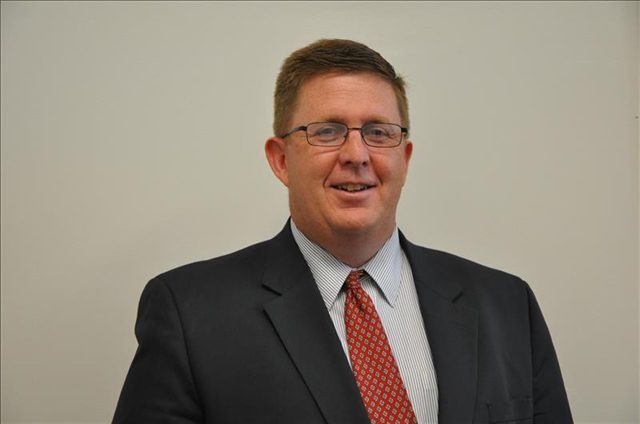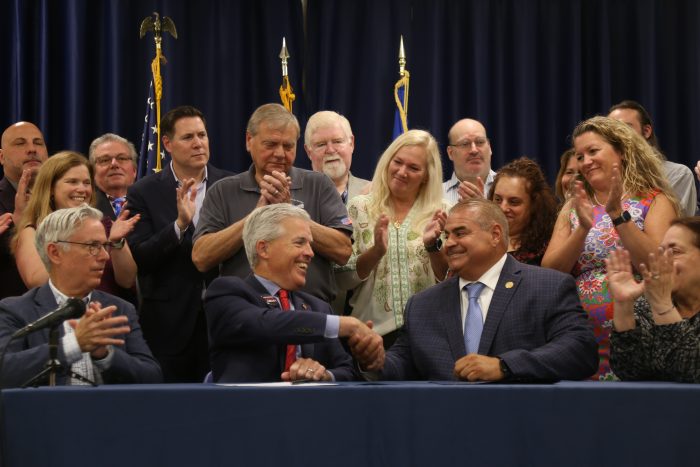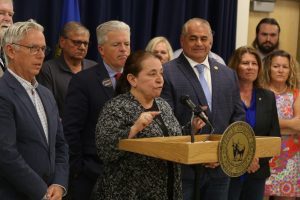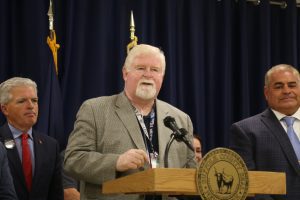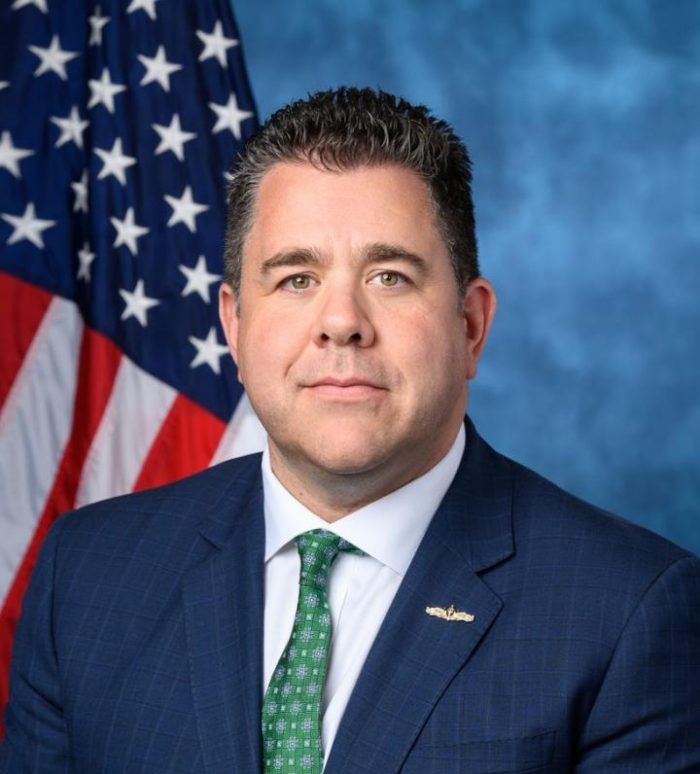Lawmakers should remember their origins
The editorial supporting immigrants seeking asylum was wonderful [“Immigrants may be coming,” June 8]. We are a nation of immigrants — we all come from somewhere else. My ancestors came from Eastern Europe fleeing persecution and severe poverty. I wonder how many of the Suffolk County legislators who want to keep immigrants out, remember their origins.
Many of our ancestors underwent severe hardship to come here, none more than the immigrants coming now. All Americans, not only those of us living in border states need to do our share to welcome these people.
Adam Fisher
Port Jefferson Station
Not every migrant is an asylum seeker
The June 8 editorial makes an excellent point … for legal immigration.
The numbers quoted on crime from immigrants, are true … for legal immigrant communities, not from the illegal migrants crossing our southern border unimpeded (and now the northern border as well).
The United Nations defines “asylum seekers” as people looking for protection from political persecution, primarily. However, an important point that the U.N. also stipulates is that asylum needs to be granted from/to contiguous countries, for example the U.S. and Mexico, or the U.S. and Canada. Every migrant entering the U.S. from any country other than Mexico and Canada is entering the country illegally, committing a crime.
Regarding crime among illegal migrants, an estimated 4 million have crossed our southern border since 2020. Four million unverified, often untested for diseases — such as COVID — and in many cases human trafficked into indentured servitude paying off exorbitant fees to the cartels just to reach the border.
Once crossed, by definition they are criminals. The cartels have operational control of our borders, we are no longer a sovereign country. At last count, migrants from over 47 countries have been detained at the border. How many migrants have died just trying to reach the border? Unknowable. Each year over 100,000 Americans die from fentanyl poisoning, routinely coming across our border. Everyone knows someone who has lost a loved one, everyone.
There’s a significant difference between legal immigrants and illegal migrants. I agree with the editorial regarding the picture it paints, but for legal immigration.
We should address the legal immigration laws in the United States, welcome those that have something to offer the U.S., rather than enrich the cartels, abuse the migrants and further burden the taxpayer.
Rich Fleischman
East Setauket
Brain drain and the housing crisis
In contradiction to the June 1 editorial, “Plug Long Island’s ‘brain drain,’” it is not much of a puzzle how to get more of our youth to stay on Long Island. One need look no further than the housing crisis for causes and solutions.
I recently noticed upcoming property development near Bennetts Road and Route 25A in East Setauket that is exactly the opposite of what is needed to solve a problem everyone says they acknowledge: Four more expensive single-family houses, on 1-acre lots, all within walking distance of the post office, the Greenway, stores and restaurants, an LIRR station and Stony Brook University. If we cannot muster the will to require higher-density housing near transportation hubs and universities, then where?
The problem is hyper-local zoning decisions driven by existing homeowners so wealthy they don’t worry about their kids being priced out of the area, and a tribal political environment that makes it useful to scare homeowners about their property values. But what good are high property values if the brain — and youth — drain hollows out all other areas of life and the local economy?
Since we can’t seem to deal with new development sanely, can we at least make accessory dwelling units (basement and garage apartments, tiny houses, guest cottages) uniformly legal throughout Suffolk County? Even conservatives should support the right of homeowners to use their own property as they see fit. Reasonable limits on minimum lot size, maximum unit square footage, owner occupancy and rental agreement terms can address all the typical concerns.
The benefits of ADUs are myriad, and rapid increases in affordable, small housing have been demonstrated in Connecticut, New Hampshire and California. Homeowners can rent to young professionals to help pay the mortgage. Empty nesters can reside in ADUs while renting out the main house. Middle-aged homeowners can accommodate aging parents or adult children without sacrificing privacy and autonomy. And every occupied ADU takes someone out of the local rental market, lowering price pressures across the board.
ADUs require no tax money or impact studies, adding housing rapidly. Technically, most areas of Suffolk County already allow ADUs and thousands of units already exist, but a patchwork of complex restrictions and daunting permitting discourage homeowners from building new or renting existing units. What is needed is a clear, countywide set of legal policies that provide homeowners with consistency, clarity and certainty.
John Hover
East Setauket
Republicans inflame rather than inform immigration debate
This letter is a response to Charles Tramontana’s recent letter [“Yes, words do matter,” June 8] in answer to mine [“Words matter in immigration dialogue,” May 25]. I’ll reiterate that seeking asylum is legal, and that no human being is an “alien.” I believe that language needs to be based in truth, and must be used deliberately and accurately.
The truth is that Suffolk County is facing a lawsuit for the Republican legislators’ recent political stunt. We will now spend taxpayer dollars on lawsuits, dollars that could go to services and resources residents desperately need in this county. We have no idea how many asylum seekers are coming to the county. No asylum seekers have been relocated to our county to date. This reaffirms that this is a political ploy propagated by local politicians to activate their right-wing base in a low turnout election year. Those fearmongering tactics have long been a part of their well-worn playbook.
Mr. Tramontana’s letter blames recent immigration policy as the cause for this issue. To understand the root causes of immigration, it’s crucial to look beyond the past two years. This is a decades-long issue, going back to the civil unrest in Central America in the early 1970s. In 1986, then-President Ronald Reagan [R] signed a bipartisan bill known as the Reagan Amnesty Act, offering a path to citizenship for undocumented immigrants.
We had the opportunity to again address immigration in 2013 when the U.S. Senate passed a sweeping bipartisan bill with a 68-32 vote, the most comprehensive since the Reagan Amnesty Act. Unfortunately, it was killed by the Tea Party House Republicans. We are still suffering the consequences of that squandered opportunity a decade later. Sadly, I do not believe that today’s House Republican majority has the willingness to solve this problem, which means we will continue to struggle with a lack of solutions due to political posturing and inaction.
Immigration, like many of the issues we’re contending with in this country, is a serious issue that requires leaders who engage in seeking solutions. The Republican members of the Suffolk County Legislature do not possess those qualities, and their rhetoric and actions on this issue inflame rather than inform. We can address this issue in a pragmatic and humane manner, but only if we engage in a good faith effort to do so. And to get there, we must choose our rhetoric carefully and thoughtfully, because words matter.
Shoshana Hershkowitz
South Setauket
FOIL review upholds electoral integrity
In the spirit of the upcoming Port Jefferson Village election, there appears to be some misconception of the election process.
Any candidate has the right to FOIL an opponent’s filed paperwork and question the validity of the petitions. This is not something new, it happens quite often.
I know this from experience since my petitions were reviewed by the Suffolk County Board of Elections when I ran for PJ Village trustee many years ago.
They found that some of the petitioners were not registered voters, and I did not have enough signatures to put me over the required threshold.
This process is in place to uphold the integrity of our elections.
Dominick Parillo
Port Jefferson
Local officials representing us well
Thank you for highlighting our local perspectives. It was a relief to read the astute eloquence of Suffolk Legislator Kara Hahn [D-Setauket] on the issue of immigration at the county Legislature. Equally reassuring was the letter by Brookhaven Town Councilmember Jonathan Kornreich [D-Stony Brook]. We are not lucky — we ensure this caliber of representation exists because we vote.
Joan Nickeson
Terryville

